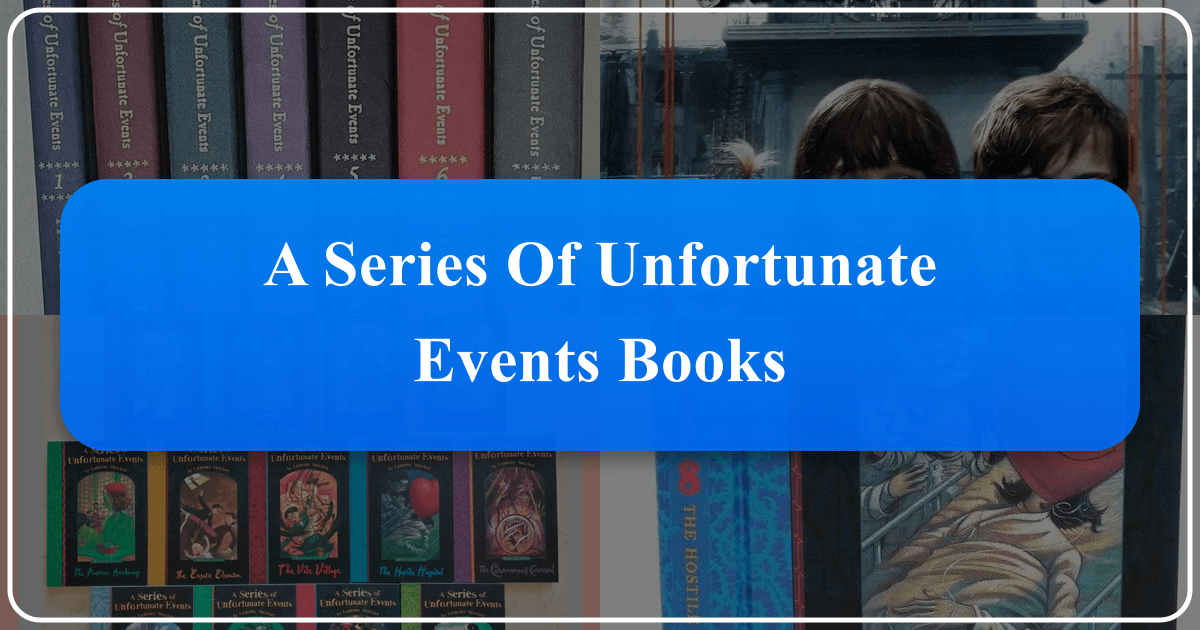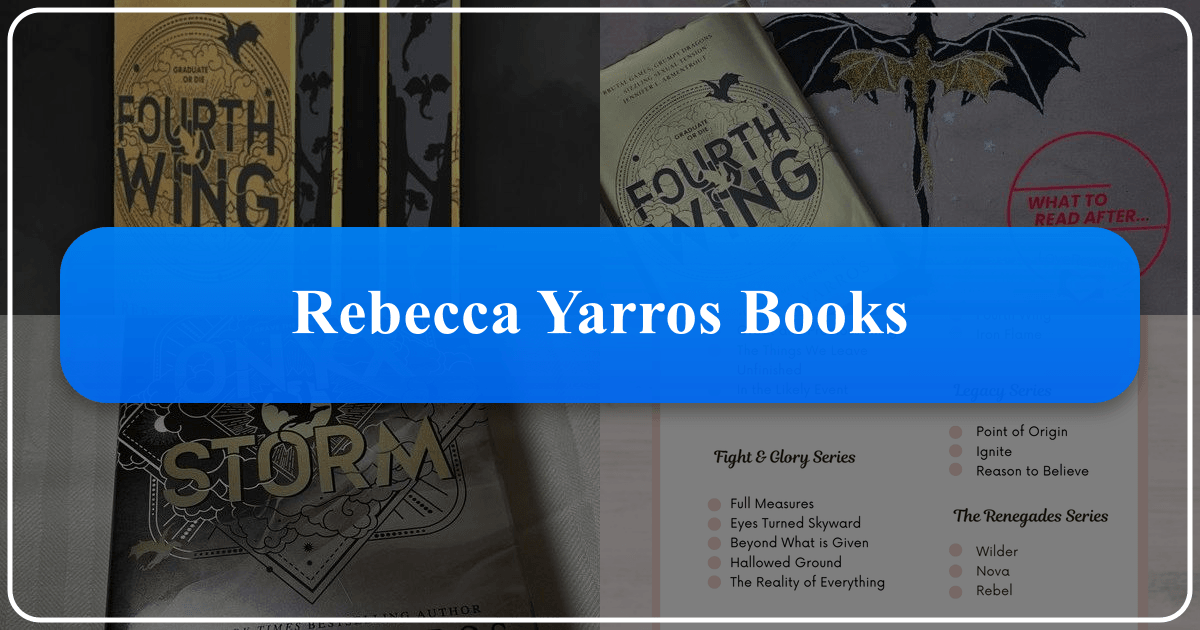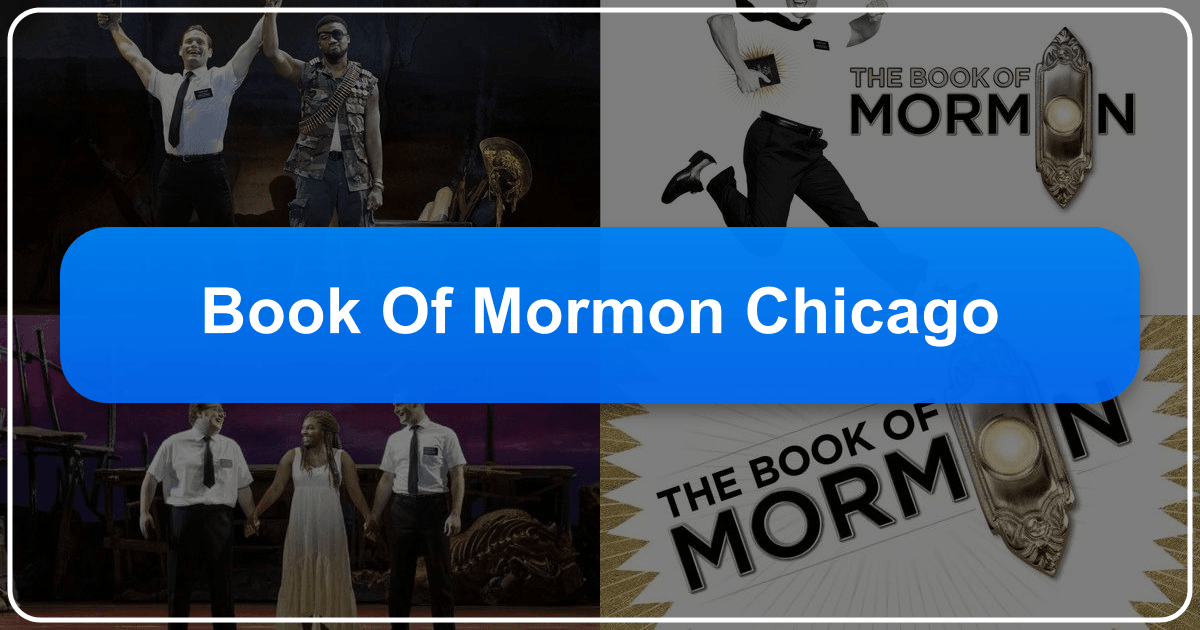A Series of Unfortunate Events Books: A Comprehensive Exploration
Lemony Snicket’s A Series of Unfortunate Events is more than just a children’s book series; it’s a captivating literary phenomenon that has resonated with readers of all ages for its dark humor, intricate plots, and unforgettable characters. This article delves into the various aspects of the series, exploring its genres, literary influences, adaptations, and cultural impact, drawing upon information from Lbibinders.org and other reputable sources.
Genre and Literary Style
A Series of Unfortunate Events defies easy categorization. While primarily classified as children’s literature, its sophisticated vocabulary, complex narratives, and darkly comedic tone appeal to a much broader audience. The books blend elements of several genres, including:





